Highlights:
- New unified theory integrates Riesz regression, covariate balancing, density-ratio estimation, TMLE, and matching estimators.
- Introduces Bregman-Riesz Regression for direct debiased machine learning in causal inference.
- Connects classical econometric methods with modern machine learning techniques.
- Shows mathematical equivalence between nearest-neighbor matching and least-squares density ratio estimation.
TLDR:
Masahiro Kato proposes a unified framework for causal inference that directly integrates traditional statistical approaches and modern machine learning through Bregman-Riesz Regression, offering a streamlined and theoretically grounded method for estimating average treatment effects.
The study titled ‘A Unified Theory for Causal Inference: Direct Debiased Machine Learning via Bregman-Riesz Regression’ by Masahiro Kato, published on arXiv in October 2025, introduces an innovative approach to causal inference that bridges multiple statistical methodologies under one cohesive theory. Causal inference—the process of determining how changes in one variable cause changes in another—is central to science, medicine, economics, and policy-making. However, existing methods such as covariate balancing, targeted maximum likelihood estimation (TMLE), and density-ratio estimation (DRE) often operate in isolation or rely on different assumptions. Kato’s research provides a mathematical framework that unites these disparate approaches.
At the heart of the paper lies Bregman-Riesz Regression, a generalized regression model that unifies the estimation of balancing weights and outcome regression functions—critical components in evaluating the Average Treatment Effect (ATE). According to Kato, the method reveals deep dualities between Riesz regression and DRE, showing that, in the ATE context, the two are mathematically equivalent. Similarly, the matching estimator, widely used in observational studies, is identified as a special case of DRE. TMLE, in contrast, is reframed within this structure as a bias-correction mechanism that ensures the leading bias component of the regression function is nullified, leading to improved estimator performance.
This unified perspective has the potential to transform modern statistical learning by breaking down artificial divisions between econometric and machine learning paradigms. The paper also highlights that nearest-neighbor matching—traditionally seen as a nonparametric empirical method—can be interpreted as a form of least-squares density-ratio estimation, thereby relating classical approaches to the modern Bregman-Riesz framework. Beyond theoretical elegance, this integrated method promises enhanced robustness and interpretability for applied researchers working on observational data and high-dimensional causal analysis. It represents a step forward toward achieving fully debiased machine learning models that can generalize across diverse real-world datasets.
Researchers and practitioners in statistics, economics, and AI are expected to find Kato’s framework both intellectually unifying and practically useful for building improved causal estimators that are theoretically grounded and empirically efficient.
Source:
Source:
Masahiro Kato (2025). A Unified Theory for Causal Inference: Direct Debiased Machine Learning via Bregman-Riesz Regression. arXiv:2510.26783 [stat.ML]. https://doi.org/10.48550/arXiv.2510.26783
